所内动态
2006年6月26日下午,北京生命科学研究所举办了关于神经科学的小型学术研讨会,研讨会的主题为:Frontiers in axon guidance and regeneration。讲座者分别为来自Johns Hopkins School of Medicine的Alex Kolodkin 博士,University of Chicago的Yimin Zou 博士,Hunter College, New York的Marie Filbin博士和Harvard Medical School的Zhigang
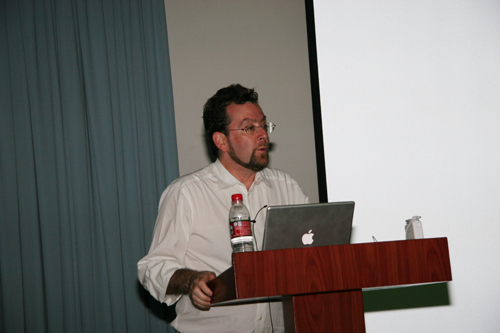
Dr. Kolodkin discovered a number of semaphorins and has been a pioneer in characterizing the role of semaphorins and their relevant signaling molecules in neuronal development and remodeling. Recent studies from Dr. Kolodkin’s laboratory revealed an exciting possibility that the guidance effects of axon guidance molecules could be dictated by associated proteoglycans, with broad implications on the functional mechanisms of guidance cues in different aspects of neuronal development and regeneration.
Title:Molecular Mechanisms of Neuronal Growth Cone Guidance
Abstract:
Neurons are guided to their targets through the action of guidance cues. The response to these cues is dependent on both cell surface and cytosolic components that participate in signaling events critical for altering cytoskeletal dynamics and establishing appropriate neuronal trajectories. We have investigated how motor neurons in both vertebrates and invertebrates are guided to their targets through the action of semaphorin guidance cues. In the mouse, these studies establish the importance of semaphorin holoreceptor composition in regulating the timing of motor axon outgrowth, motor axon fasciculation at key choice points, and peripheral pathfinding events essential for the generation of neuromuscular connectivity. In Drosophila, we have investigated signaling events that follow transmembrane semaphorin activation of neuronal plexin semaphorin receptors. We have shown that semaphorin-plexin signaling is crucial for motor axon guidance in Drosophila, and this has allowed us to investigate the roles played by novel cytosolic signaling components in axon guidance. Our recent analysis of the MICAL (molecule that interacts with CasL) protein has allowed us to investigate how integrin and semaphorin signaling are integrated following plexin receptor activation. Cas (Crk-associated substrate) proteins play important roles downstream of integrin receptor activation. We have taken advantage of Drosophila genetics to disrupt Cas signaling and also interactions between the Cas and MICAL proteins. These studies establish a crucial role for plexin activation and Cas function in repulsive motor axon guidance, and they provide a framework for understanding the role played by integrin signaling in these guidance events. Together, these studies on semaphorin-mediated motor axon guidance show how cell-surface and cytosolic guidance cue signaling components collaborate to establish motor neuron circuitry during development.
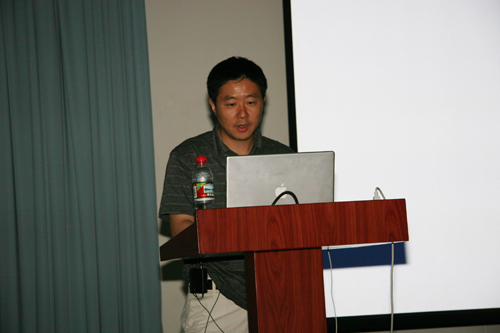
Dr. Zou’s laboratory at
Title: Wnt signaling in nervous system wiring
Abstract:
Nervous system functions rely on precisely patterned network of connections. During development axons undergo remarkable pathfinding and target selection to allow the formation of specific synaptic connections. We found that Wnt family proteins provide directional information of pathfinding of ascending sensory axons and descending motor axons along the anterior-posterior axis in the spinal cord. We also found that Wnt3 plays important roles in topographic mapping as a counterbalancing force againt ephrinB
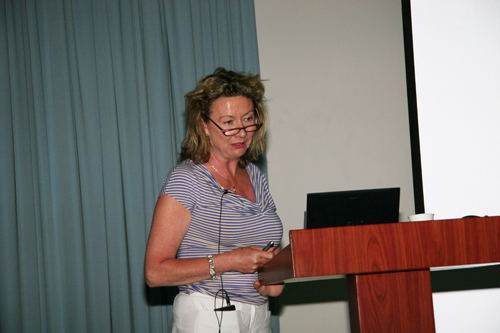
Dr. Filbin is a pioneer and leader in studying the mechanisms of axon regeneration. She identified myelin-associated glycoprotein (MAG) as a first myelin associated inhibitor of axon regeneration and discovered that intracellular cAMP levels could dictate the axonal responses to myelin inhibitors. These important findings have let to the designing promising therapeutic approaches towards promoting axon regeneration after brain and spinal cord injury.
Title: Mechanisms to promote axonal regeneration in vivo.
Abstract:
One of the major impediments to axonal regeneration after injury is inhibitors in myelin. Three myelin inhibitors have been identified in, NogoA, MAG and OMgp. One approach to overcome these inhibitors to encourage regeneration is to change the intrinsic state of the axon such that it no longer recognizes these molecules as inhibitory. We have shown that if the neuronal cAMP levels are elevated either artificially with an analogue such as db cAMP or by priming neurons with a variety of neurotrophins (NGF, BDNF) before exposure to the inhibitor, MAG and myelin in general no longer inhibit axonal growth. Furthermore, we have also shown that the long-recognized ability of spinal dorsal column axons to regenerate if the peripheral branch of the same neuron is lesioned beforehand is a consequence of a transient increase in endogenous cAMP levels in the DRG cell bodies. Importantly, injection of db cAMP directly into the DRG in the absence of a conditioning lesion, is sufficient to induce regeneration of subsequently lesioned dorsal column axons. This cAMP effect is transcription dependent and we have identified 4 very different genes that are up-regulated in response to either elevation of cAMP or a conditioning lesion. All 4 of these proteins block inhibition by myelin and they are currently being tested for their ability to promote regeneration in vivo.
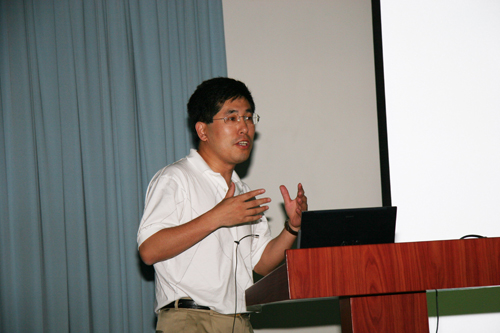
Dr. He has been studying the mechanisms of myelin-associated inhibitors. His laboratory identified OMgp as a potent axon regeneration inhibitor, and also obtained pivotal insights into the signaling components in mediating myelin inhibition. His laboratory has also made important progress in utilizing different animal injury models to assess the contribution of these factors in axon regeneration in vivo.
Title:Signaling mechanisms for myelin inhibitors
Abstract:
One of the major obstacles for successful axon regeneration in the adult central nervous system (CNS), arises from inhibitory molecules in CNS myelin, which all signal through a common receptor complex on neurons consisting of the ligand-binding Nogo-66 receptor (NgR), and two transmembrane co-receptors, p75 and LINGO-1. However, p75 expression is only detectable in subpopulations of mature neurons in the adult nervous system, raising the question of how these inhibitory signals are transduced in neurons lacking p75 expression. In this study, we provide evidence for the existence of other functional homologue(s) of p75 that can mediate the inhibitory activities of myelin inhibitors. We further demonstrate that

Discussion during break
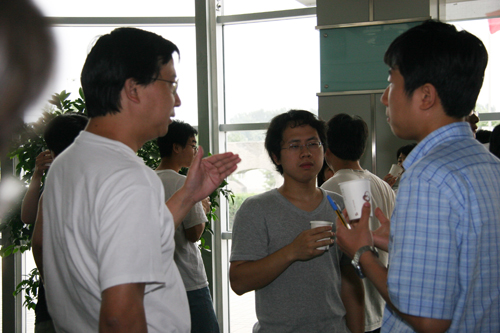
Discussion during break
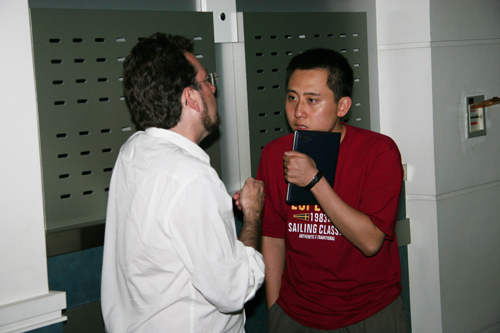
Discussion during break
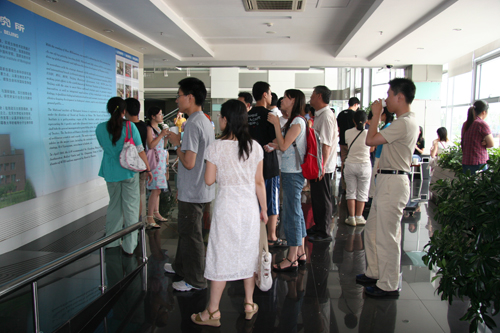
Break
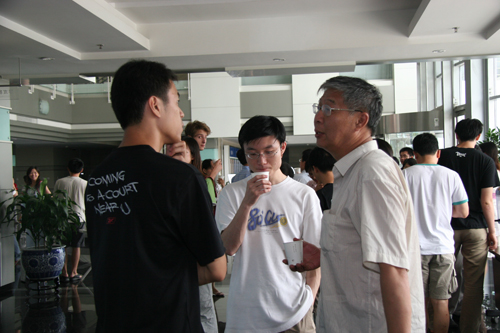
Discussion during break
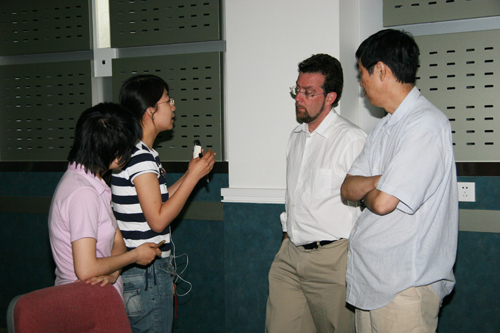
Discussion during break



